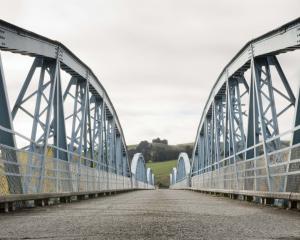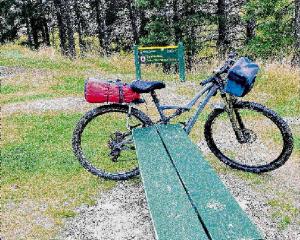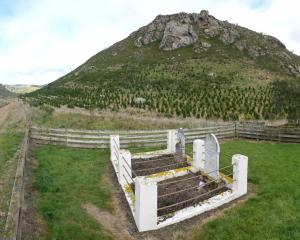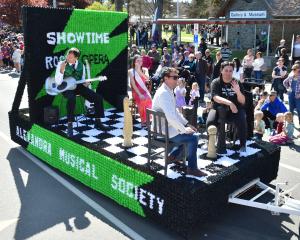
Jane Lancaster took over as the Central Otago Museums Trust chairwoman after Martin Anderson stepped down from the role in August.
Formerly of Christchurch, and now living in Bannockburn, Ms Lancaster and her husband Bill came to Central Otago just after Covid to help harvest cherries. Ms Lancaster had a background in the horticulture industry and when they heard growers were looking for help they decided to head south for the summer.
They travelled south in a motor home and lived and worked at an orchard near Pisa Moorings for six weeks.
"After a while we said ‘this is amazing, why don’t we come and live down here?’"
And they did, leaving behind family and a large lifestyle property to settle on 2.5ha at Bannockburn planted with fruit and nut trees.
After getting their new property under control, Ms Lancaster began looking for something else to do.
Looking through the Volunteer Central Otago website, she found the Cromwell museum was looking for people to help.
She began the process of becoming a volunteer and, in the meantime, the museums’ trust advertised for a chairman or woman. Former chairman Martin Anderson asked Ms Lancaster if she would consider taking it on.
As independent chairwoman her role was to enable all the museums to reach their potential, she said.
"To support them all, to help them make the right decisions about where to go, what to do and how to do it."
Despite living in a digital world, museums and their objects still mattered to people.
"We are visual, tactile people. You can get models and peer into them and see them working and make things move. Children can have a treasure hunt in the museum and have a sheet of paper and have to go and find things. You can’t do that as well online."
There was a flatness to digital images and you could not walk around them to see their entirety.
"You interact with an object, even if you can’t touch it, in a way you don’t with an image."
All museums faced the problem of never having enough money and the uncertainty around funding, she said.
Learning to live with that was quite a challenge, but you had to have the confidence that if you did your job well money would come.
It was a lesson she had learned in the not-for-profit sector.
"In the end [the museums] do get funded, sometimes a bit more, sometimes a bit less, and they all apply to all sorts of funding agencies . . . but it is life on a perilous sea. You are in that uncertain world."
She was delighted with the competency around the trust table.
"I’ve joined something that is working very well and is in good heart. It’s a very good culture."
Museums were a life-long passion and when they travelled they always visited museums.
"They have all the stories, all the background to the places and you learn so much."
Ms Lancaster had a long career in governance in both professional and not-for-profit areas, including eight years as chairwoman of Birthright Canterbury Trust, a charity which supports single-parent families.
In 2006 she was awarded the New Zealand Order of Merit for her contribution to agricultural and horticultural research.













